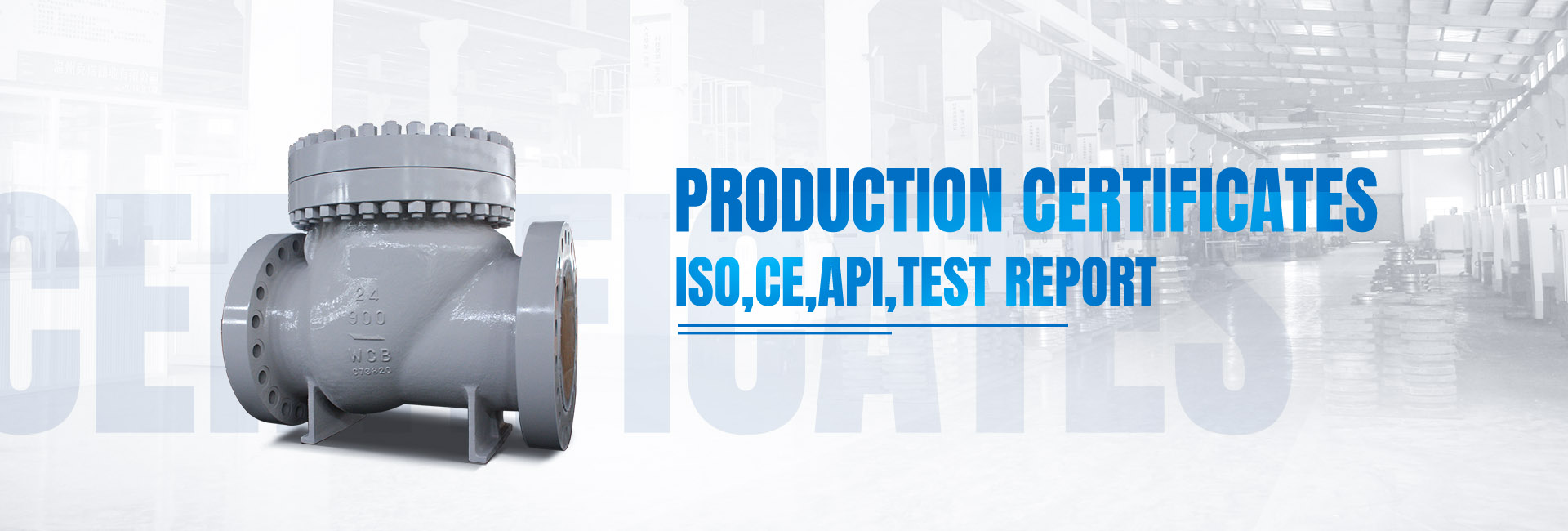In the use of the valve, the sealing surface that does not produce relative motion and is always in a relatively static state is called a static seal, and the surface that acts as a seal is called a static sealing surface.
On the valve, there are many structural forms of the static sealing surface, including flat and conical surfaces, gasketed and gasketless, and forced and self-tightening seals. The static sealing surface is an important part of the valve, and it is also one of the main parts of “running and dripping”. The main causes of static sealing surface damage are shown in the table below.
|
Damage Form |
Cause of Damage |
Example |
| The static sealing surface is severely corroded |
Mainly due to corrosion of the medium and improper selection of valves |
Threaded sealing surface of globe valve |
| The static sealing surface
hasserious scratches and shovel wounds |
Mainly in the process of disassembly, cleaning and assembly, violation of operating procedures, resulting in bumps, bumps, scratches and improper force |
Globe valve, gate valve rigid plane sealing connection |
| There are obvious indentation
on the static sealing surface |
The main reason is that the hardness of the gasket material is too high, the smoothness is not high, or the swag such as sand particles and welding flashes are mixed in during assembly. |
Globe valve, gate valve lens gasket flange connection or cone gasket sealing connection |
| The static sealing surface
Is Not clean |
The main reason is that the use time is too long, the corrosion of the medium, and the lack of regular inspection and maintenance. |
Sealing and gasket-free sealing surfaces for flat threaded connections |
| Static seal has
obvious groove |
After the static sealing surface has scratches and leaks, it is not repaired in time, and it is strongly eroded by the medium, making the scratches larger and larger, forming grooves |
Flange smooth surface static seal and oblique self-tightening seal connection |
| The static sealing
surface is deformed |
Due to insufficient rigidity of the static sealing surface, excessive force during assembly may cause deformation, or thermal creep deformation at high temperature |
Tongue and groove face flange connection |
| Cracks on the static
sealing surface |
The material selected in the design and the manufacturing quality are poor, the installation or operation is improper, and the fatigue crack is generated under the alternating load for a long time. |
Tongue and groove face, trapezoidal groove face flange connection and plane rigid sealing connection |
| There are leakage holes
on the static sealing surface |
Mainly due to defects such as wrinkles, pores, and slag inclusions caused by poor manufacturing quality |
General static sealing surface may appear |
How to Repair of Static Sealing Surfaces
1. Convex outer circle trimming
In the convex and concave surface and the tongue and groove surface, due to the manufacturing quality, the convex and concave surface is bumped and deformed, so that the convex surface cannot be inserted into the concave surface. In addition to turning, it can be trimmed with a file.
The dressing method is: clamp the workpiece in a vise, place the flat file flat on the outer circle of the convex surface, lean the smooth surface of the flat file against the back shoulder of the table, make a reciprocating motion during filing, and make a circular arc motion up and down. , file for a while and then change the direction, and file along the full circle. The arc connection is natural by filing, until the required size, and the clearance between the convex and concave surfaces is H11/d11.
2. Repair of trapezoidal grooves
Trapezoidal grooves are damaged by corrosion and crushing. When repairing, clamp the workpiece on the lathe, calibrate it with a dial indicator, turn off the thickness of about 1mm on the surface of the trapezoidal groove, and then set a new trapezoidal groove according to the size of the trapezoidal groove, and the inner and outer roughness of the groove is ≤ 3.2.
3. Repair of threaded plugs
The threaded plug is a common static sealing point on the valve body and valve cover. It is used to inject water to test pressure or discharge the medium. According to the working conditions and the degree of damage, the following methods are used to repair.
For minor damage, use grinding, changing pads, or wrapping polytetrachloroethylene tape, sealant, etc. on the thread of the plug;
Damaged plugs should be replaced;
The screw hole slide wire can be reamed and tapped. After processing a new plug or surfacing to fill the screw hole, re-drilling and tapping.
4. Surfacing repair of static sealing surface
Remove the defects on the static sealing surface, and select the welding rod according to the material of the body. In order to prevent the loss of the welding liquid, the inner side of the surfacing area should be prefabricated to the lining ring, and the material is the same as that of the body. Then weld according to the surfacing procedure, and turn it into a new static sealing surface. The surfacing body shall be free of defects such as cracks and pores, and the strength test shall be qualified.
5. Replacement of static sealing surfaces
When the static sealing surface cannot be repaired due to serious corrosion, cracks, and falling blocks, it can be replaced. The newly processed static sealing surface should meet the size and technical requirements of the original static sealing surface. If the static sealing surface size cannot be found, it can be processed according to the measured static sealing surface size.
(1) Welding replacement. Welding replacement is to prefabricate the static sealing ring (should have a certain machining allowance), insert it into the processed body, and then apply welding to make the static sealing ring and the body as a whole, and then process and grind.
(2) Bonding replacement. When it is inconvenient to use welding to replace cast iron or non-metallic valves, a suitable adhesive can be used to firmly bond the prefabricated static sealing ring to the body, and then carry out grinding correction.
Post time: Dec-07-2022



